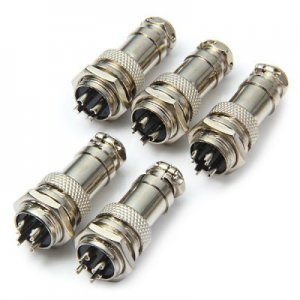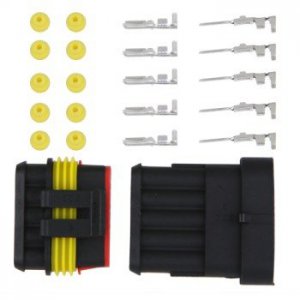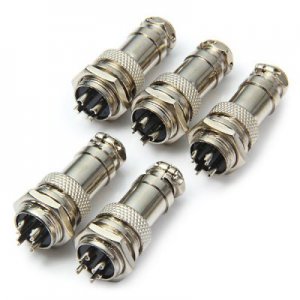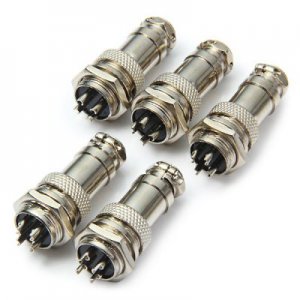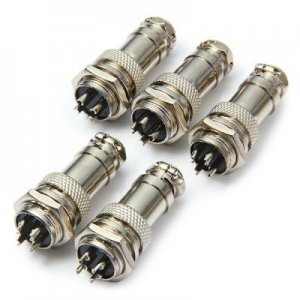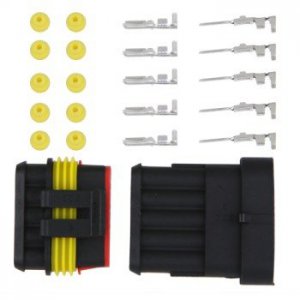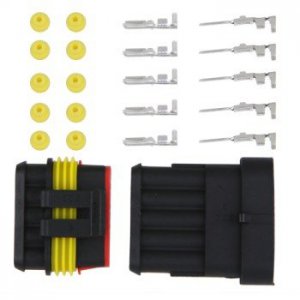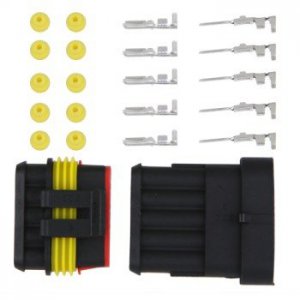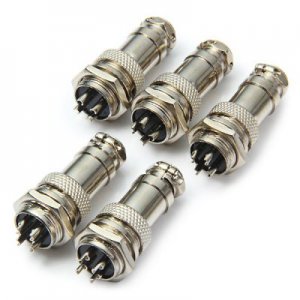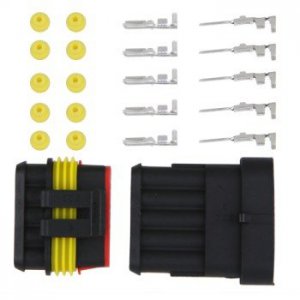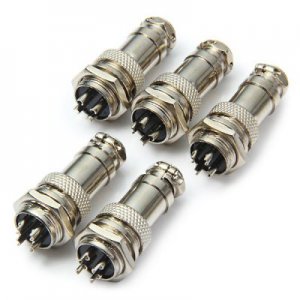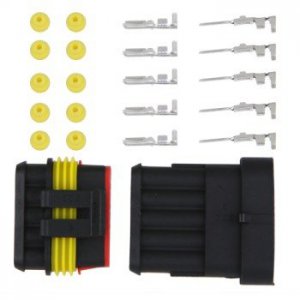First thread here, and I’m kind of a newbie to this Hobbyist Home-shop CNC’ing stuff – but I believe I come at it from the opposite direction than the majority do….
I’m a semi-retired mechanical engineer and I worked in industry for 30+ years designing and supervising the design and commissioning of high speed industrial machinery. In our designs, we used hydraulic and AC servo’s for many applications, and did closed loop motion control on multi-axis machines - comparable in sophistication to the motion control used in flight simulators - but without the fragile cargo. So I believe I have a good understanding of the dynamics and physics involved, and the merits of the various approaches to closed-loop motion control. But my experience is with industrial gear that started at about $10K per axis and went up from there, and we let the EE’s deal with the motion controllers and PLC interfaces.
Fast forward to today - I have a Clausing 8520 in the shop that I’d like to do some prototyping on. I would ultimately need 4 axes.
Ball-parking some numbers, if I aim at 200 IPM on the X and Y axes with standard 5mm lead ball-screws, a 100W servo with a 3:1 drive will give me about 250 LBF with 3000rpm at the motor.
For the Z axis, I would likely power the knee - aiming for 100 IPM, so would need a 6:1 total reduction to have 500 LBF available at 3000rpm. This is way more than I need, but there are not significant cost differences between 50 to 400 watt hobby class servo’s that I’ve found (DMM’s) in my searching to date. Therefore, I could quadruple the output forces for little additional cost - with the very real danger of breaking things!
But it appears that 3-axis Ebay/Chinese Stepper kits can be had for about 1/3 the price – if one can find any reliable Torque vs. Speed curves that can be believed.
So far, I’ve only been able to find decent graphs on the Leadshine motors.
Using 50% of the torque values published, as the basis for the selection, it would appear that NEMA 34 size steppers, with 8 lead parallel connections, would just about match the forces available from the above 100W servo.
The advantages I see for using steppers are; simpler mounting, lower hardware cost, less (and cheaper ) wiring, potentially easier commissioning with fewer parts to fail. I would guess that direct coupled steppers could be installed in less than ½ the effort, compared to doing belt drives and covers.
So, the questions I have are:
- Am I crazy to consider steppers?
- Does anybody have believable torque curves for the Ebay/China Nema34 steppers?
- Is the DMM servo gear acceptable, or would I be better off going with EBAY surplus industrial gear, in brands I know? Any preferred EBAY sellers?
Any insight would be appreciated.
I’m a semi-retired mechanical engineer and I worked in industry for 30+ years designing and supervising the design and commissioning of high speed industrial machinery. In our designs, we used hydraulic and AC servo’s for many applications, and did closed loop motion control on multi-axis machines - comparable in sophistication to the motion control used in flight simulators - but without the fragile cargo. So I believe I have a good understanding of the dynamics and physics involved, and the merits of the various approaches to closed-loop motion control. But my experience is with industrial gear that started at about $10K per axis and went up from there, and we let the EE’s deal with the motion controllers and PLC interfaces.
Fast forward to today - I have a Clausing 8520 in the shop that I’d like to do some prototyping on. I would ultimately need 4 axes.
Ball-parking some numbers, if I aim at 200 IPM on the X and Y axes with standard 5mm lead ball-screws, a 100W servo with a 3:1 drive will give me about 250 LBF with 3000rpm at the motor.
For the Z axis, I would likely power the knee - aiming for 100 IPM, so would need a 6:1 total reduction to have 500 LBF available at 3000rpm. This is way more than I need, but there are not significant cost differences between 50 to 400 watt hobby class servo’s that I’ve found (DMM’s) in my searching to date. Therefore, I could quadruple the output forces for little additional cost - with the very real danger of breaking things!
But it appears that 3-axis Ebay/Chinese Stepper kits can be had for about 1/3 the price – if one can find any reliable Torque vs. Speed curves that can be believed.
So far, I’ve only been able to find decent graphs on the Leadshine motors.
Using 50% of the torque values published, as the basis for the selection, it would appear that NEMA 34 size steppers, with 8 lead parallel connections, would just about match the forces available from the above 100W servo.
The advantages I see for using steppers are; simpler mounting, lower hardware cost, less (and cheaper ) wiring, potentially easier commissioning with fewer parts to fail. I would guess that direct coupled steppers could be installed in less than ½ the effort, compared to doing belt drives and covers.
So, the questions I have are:
- Am I crazy to consider steppers?
- Does anybody have believable torque curves for the Ebay/China Nema34 steppers?
- Is the DMM servo gear acceptable, or would I be better off going with EBAY surplus industrial gear, in brands I know? Any preferred EBAY sellers?
Any insight would be appreciated.


 A lot of thought want into that.
A lot of thought want into that.